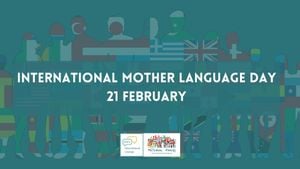The relationship between social capital, community identity, and perceived safety resilience during public emergencies has come under the spotlight, particularly highlighted during the COVID-19 pandemic.
Recent research focused on Shanghai residents examined how three forms of social capital—bonding, bridging, and linking—affect community identity and perceived community safety resilience. The study, conducted from March to June 2022, coincided with one of the city’s most challenging health crises.
During the pandemic, communities often became the frontline of response efforts, highlighting the need for resilience against disruptions. According to findings from this study, bonding and linking social capital significantly impact community identity and safety resilience.
Surveys conducted among 349 residents revealed the nuanced roles of each type of social capital. Bonding social capital, which emphasizes close ties among similar individuals, was shown to positively influence feelings of community and safety during public emergencies.
Linking social capital, which includes relationships with authorities, appeared to play the most pivotal role, underscoring trust dynamics between community members and governmental entities during crises.
Researchers found interesting contrasts with bridging social capital, which involves connections between diverse groups. While thought to support resilience, this type of social capital did not show significant effects on perceived community safety resilience (PCSR) during the evaluated events.
This study provides several recommendations for enhancing community resilience, emphasizing sustained support for fostering both bonding and linking social capital. Specifically, policymakers and community execution must work collaboratively to develop initiatives encouraging trust, cooperation, and the sharing of resources among residents.
Key conclusions drawn from the study underline the importance of community identity as well. Community members who identified strongly with their groups were found to respond more effectively to emergencies, showcasing the intertwined nature of social capital and community identity.
Future studies are encouraged to explore the relationships among social capital, community identity, and resilience across different contexts and public emergencies, ensuring the development of adaptive strategies to improve community resilience overall.



